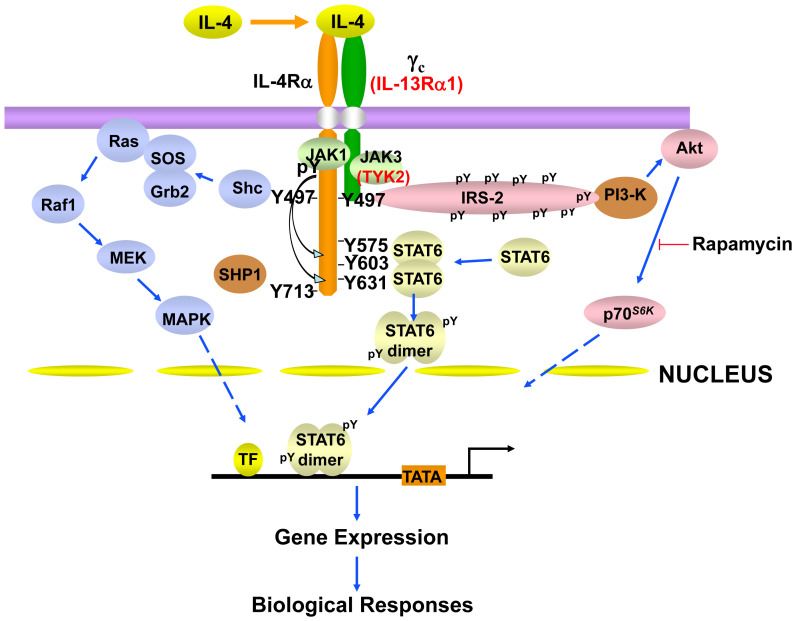Figure 3. Schematic of some of the major signaling pathways and molecules involved in interleukin 4 (IL-4) signaling.
IL-4 signaling via the type I IL-4 receptor, consisting of IL-4Rα and γc, activates JAK1 and JAK3, whereas JAK1 and TYK2 are the tyrosine kinases involved in IL-4 signaling via the type II IL-4 receptor, which consists of IL-4Rα and IL-13Rα1. Type II IL-4 receptor–specific molecules are shown in red font. IRS2 and Shc interact with phosphorylated Y497, whereas Y575, Y603, and Y631, when phosphorylated, are docking sites for the SH2 domain of STAT6. Collectively, these signaling molecules mediate IL-4 signaling as well. IL-13 signals via the type II IL-4 receptor and activates JAK1 and either JAK2 or TYK2 but not JAK3. Nevertheless, the major signaling pathways are the same as what is shown given that IL-4Rα is the dominant molecule for the docking of signaling proteins. All of the positions of tyrosines indicated in the figure are derived from human IL-4Rα. STAT3 can also be recruited to the IL-13Rα1 in the type II receptor in human macrophages.

